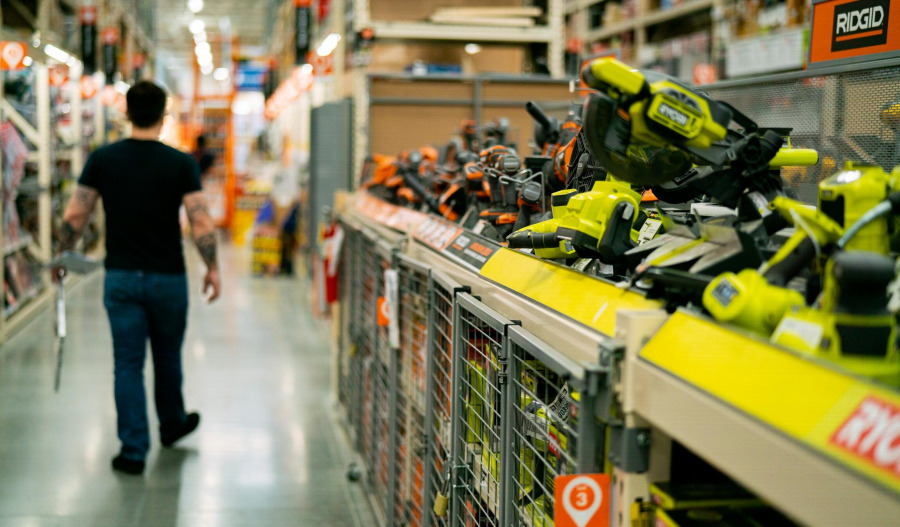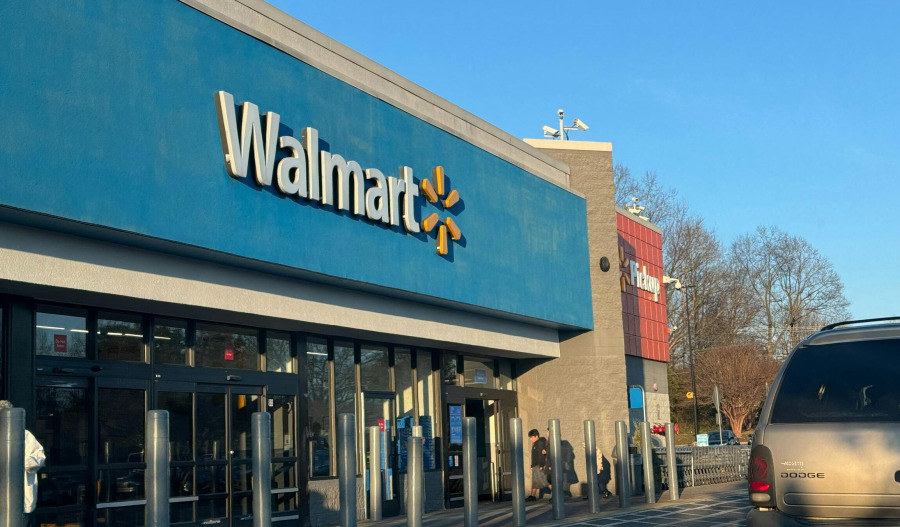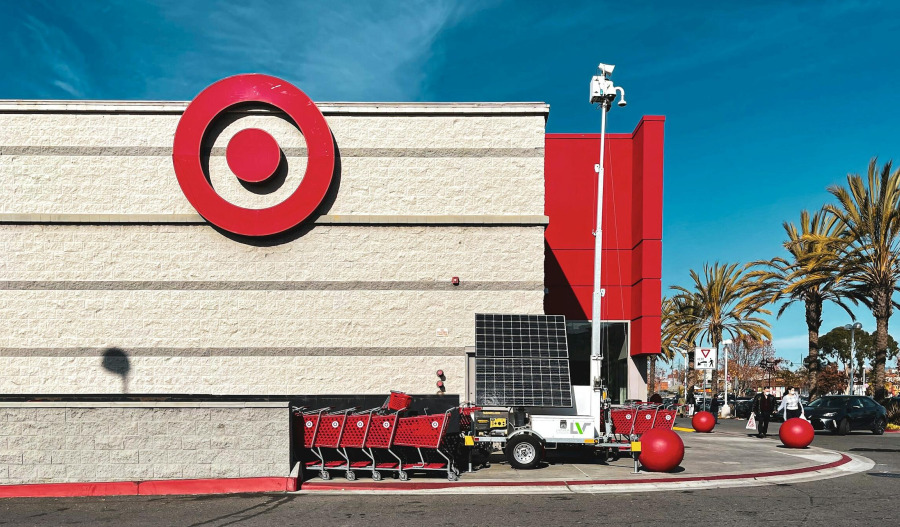The strength of the American consumer is once again in focus as some of the nation’s biggest retailers reported quarterly earnings in recent weeks.
The results provided a glimpse into the United States' household spending patterns, with resilience in certain categories, and also illustrated the growing weight of tariffs on corporate strategies.
Despite the S&P 500 reaching multiple record highs this year, retailers have struggled to keep pace with the broader market rally.
Home Improvement Retailers: A Tale of Patience and Pro Bets
Home Depot’s fiscal second-quarter results highlighted both resilience and lingering headwinds. The company stuck by its full-year outlook for 2.8% growth in total sales and about 1% growth in comparable sales.
That commitment helped lift shares post-result, even as earnings and revenue fell slightly short of market expectations - marking the retailer’s first miss on both fronts since 2014.
Adjusted earnings per share (EPS) came in at $4.68, compared with expectations of $4.71. Revenue reached $45.28 billion, just under the $45.36 billion forecast, but up nearly 5% year-over-year.
Net income was essentially flat, at $4.55 billion.
Chief Financial Officer Richard McPhail acknowledged the drag of consumer caution, telling CNBC the company continues to see a “deferral mindset” among homeowners that began in mid-2023.
“The No. 1 reason for deferring the large project is general economic uncertainty,” CEO Ted Decker added on the earnings call.
Still, bright spots emerged. Big-ticket transactions - purchases over $1,000 - rose 2.6% from a year ago, and 12 of 16 merchandising departments posted sales growth.
Comparable sales rose each month of the quarter, accelerating from 0.3% in May to 3.3% in July.
“We absolutely saw momentum continue to build in our core categories throughout the quarter,” McPhail said.
The company has leaned heavily into its professional business. About 55% of sales now come from contractors, bolstered by acquisitions such as SRS Distribution and the pending $4.3 billion deal for GMS. Online sales also grew 12% year-over-year.
Yet tariffs remain a question mark. McPhail said most imports for the quarter landed before the latest duties, and Home Depot has resisted passing costs onto consumers. Still, uncertainty looms as U.S. trade policy shifts.
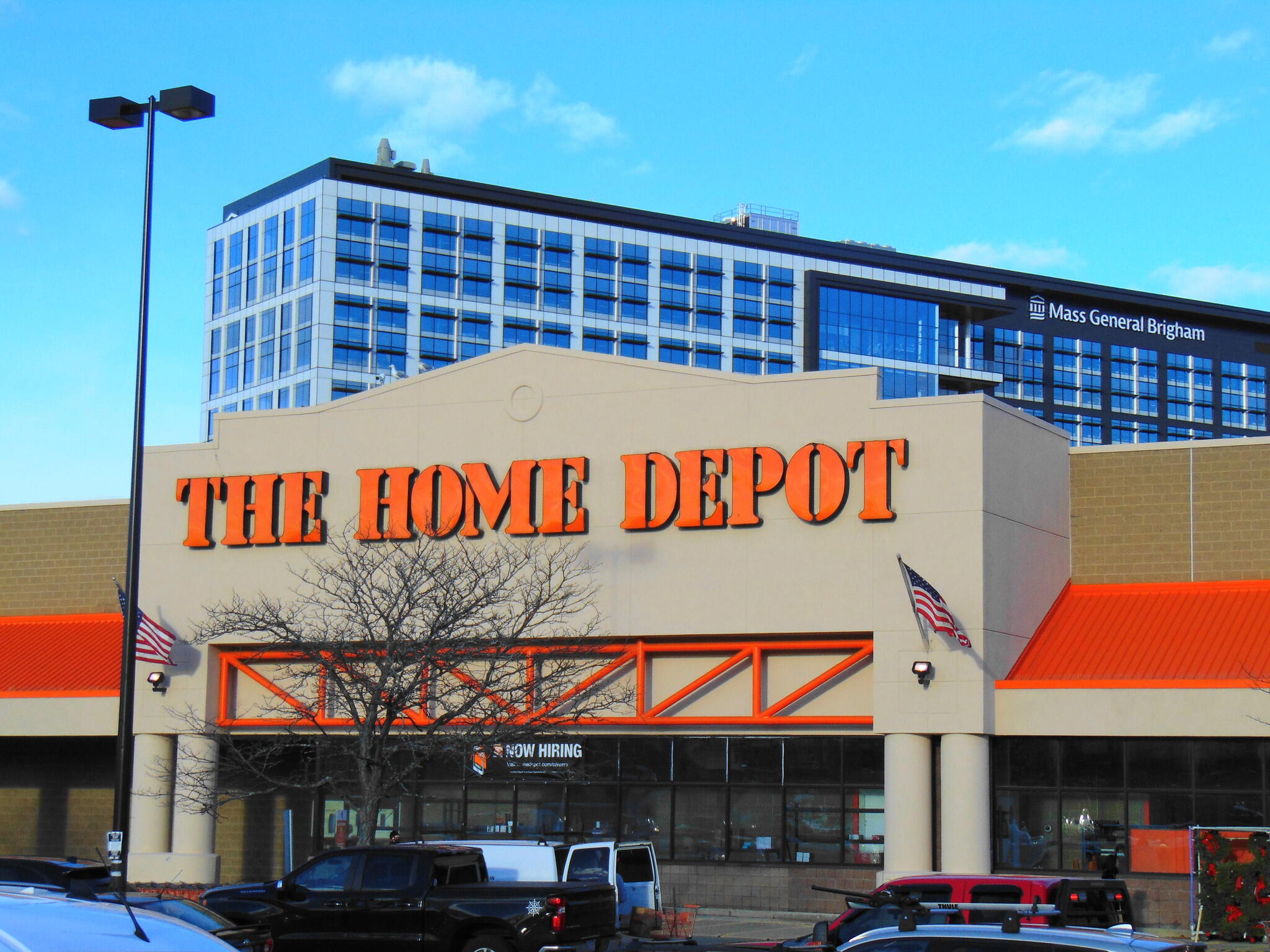
Lowe’s, meanwhile, beat earnings estimates, reporting adjusted EPS of $4.33 versus expectations of $4.24. Revenue matched estimates at $23.96 billion, up slightly from a year ago. Net income rose to $2.4 billion, with comparable sales up 1.1%.
Like its larger rival, Lowe’s is doubling down on professionals. It recently announced an $8.8 billion deal to acquire Foundation Building Materials, its second pro-focused acquisition this year after buying Artisan Design Group.
“We believe this is where the inflection and the growth is coming when housing finally unlocks, and we want to be positioned for it,” CEO Marvin Ellison told CNBC.
Still, Ellison was cautious: “It’s too early for us to call that a trend.” High mortgage rates — now above 6.5% — continue to dampen large-scale home improvement demand.
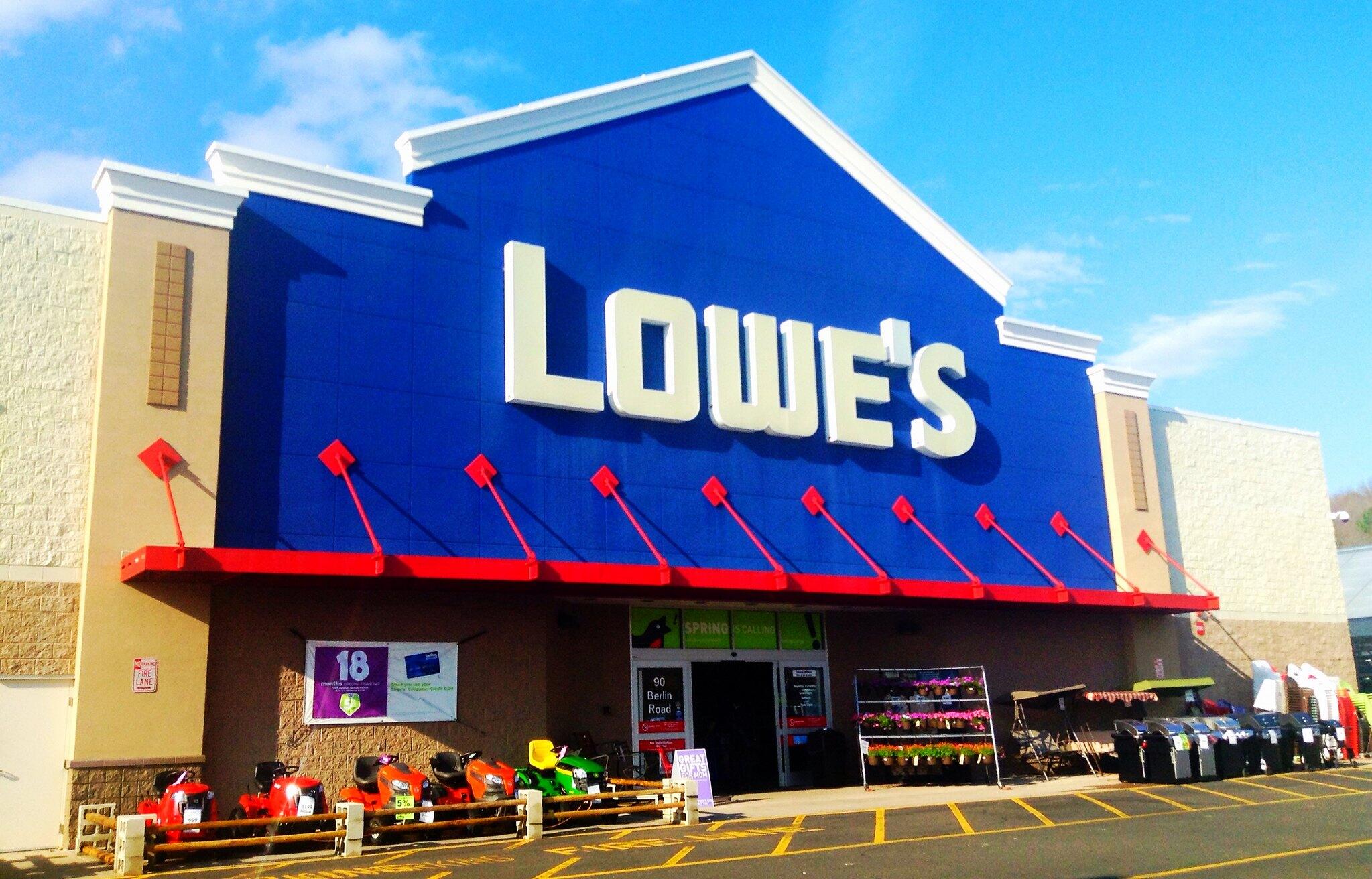
Walmart: Raising Guidance, Watching Tariffs
Walmart delivered a mixed report. The retailer raised its full-year sales growth outlook to 3.75–4.75%, up from 3–4%, and nudged its EPS forecast to $2.52–$2.62.
Revenue hit $177.40 billion, above estimates, but adjusted EPS of 68 cents fell short of the 74 cents expected — the company’s first miss since 2022.
CFO John David Rainey said one strategy has been to “bring in inventory early”, cushioning the blow of tariffs. He explained that Walmart has absorbed costs in some categories while raising prices in others.
“There are certainly areas where we have fully absorbed the impact of higher tariff costs. There are other areas where we’ve had to pass some of those costs along,” he said.
CEO Doug McMillon noted the sensitivity of lower- and middle-income households to price hikes: “We see a corresponding moderation in units at the item level as customers switch to other items, or in some cases, categories.”
Still, consumer resilience has impressed. Comparable U.S. sales rose 4.6% year-over-year, beating forecasts, while Sam’s Club comps jumped 5.9%.
E-commerce was another bright spot, up 26% in the U.S. and 25% globally. Rainey said Walmart doubled e-commerce profitability from the prior quarter.
Yet tariffs remain a persistent theme. About a third of Walmart’s U.S. goods are imported, and McMillon warned that higher costs will continue into the second half of the fiscal year.
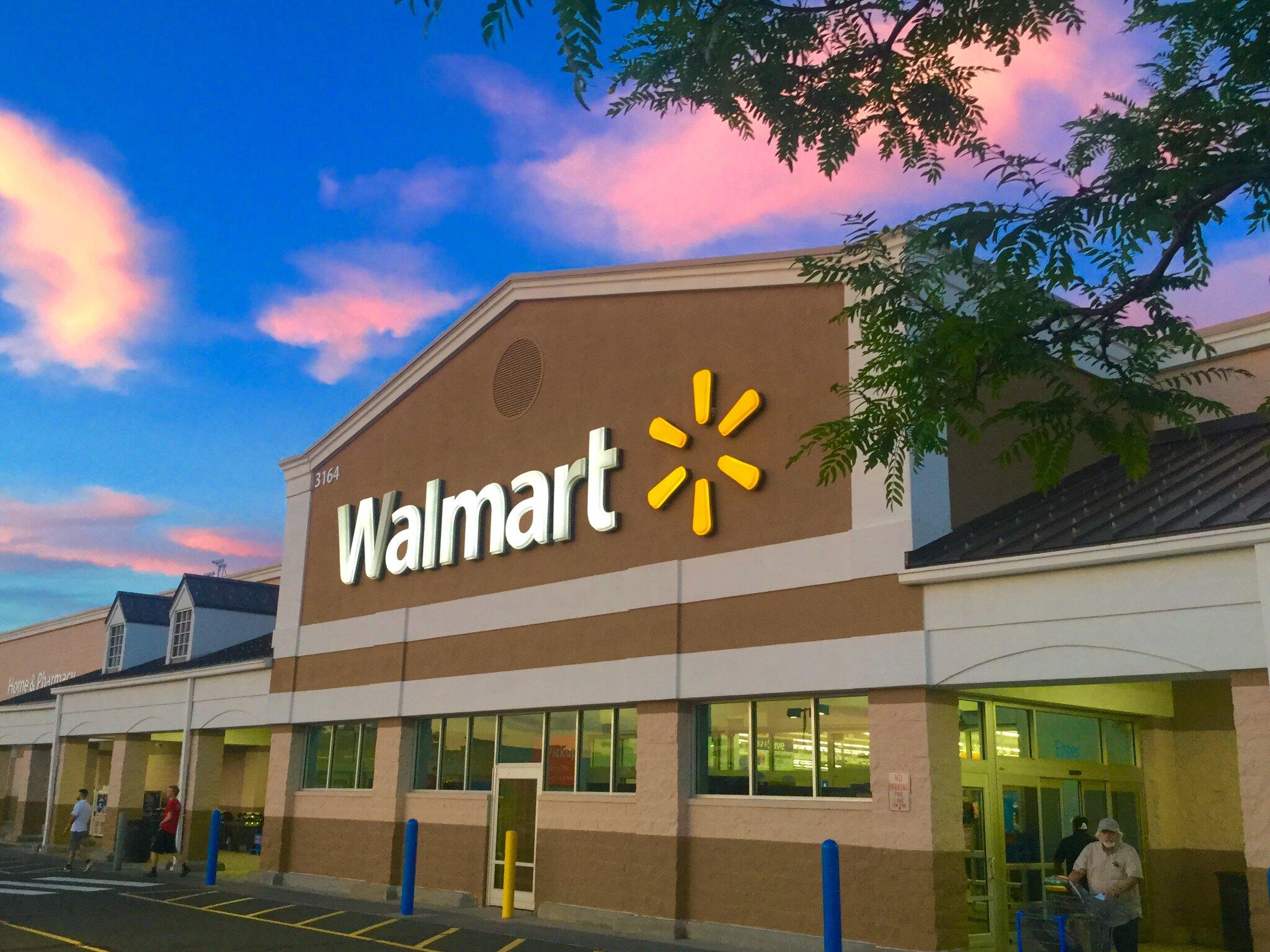
Target: A Leadership Change Amid Stagnation
Target is facing deeper challenges. The company topped expectations on earnings (EPS $2.05 vs. $2.03) and revenue ($25.21 billion vs. $24.93 billion), but its sales and traffic continued to decline. Comparable sales fell 1.9% year-over-year, with transactions down 1.3%.
Shares dropped more than 6% as the retailer announced that COO Michael Fiddelke will replace CEO Brian Cornell in February. Fiddelke emphasised the need to recapture Target’s reputation for stylish and unique merchandise, improve customer experience, and better leverage technology.
He acknowledged that Target has lost ground in categories like home goods. “We lost some of our fashion and design leadership that’s so important in a category like that,” he said. Digital sales grew 4.3%, and advertising revenue through its Roundel unit rose sharply, but store traffic has been consistently weak.
Target has also faced backlash from political controversies, including its Pride merchandise, and a strategic split with Ulta Beauty that will unwind by 2026.
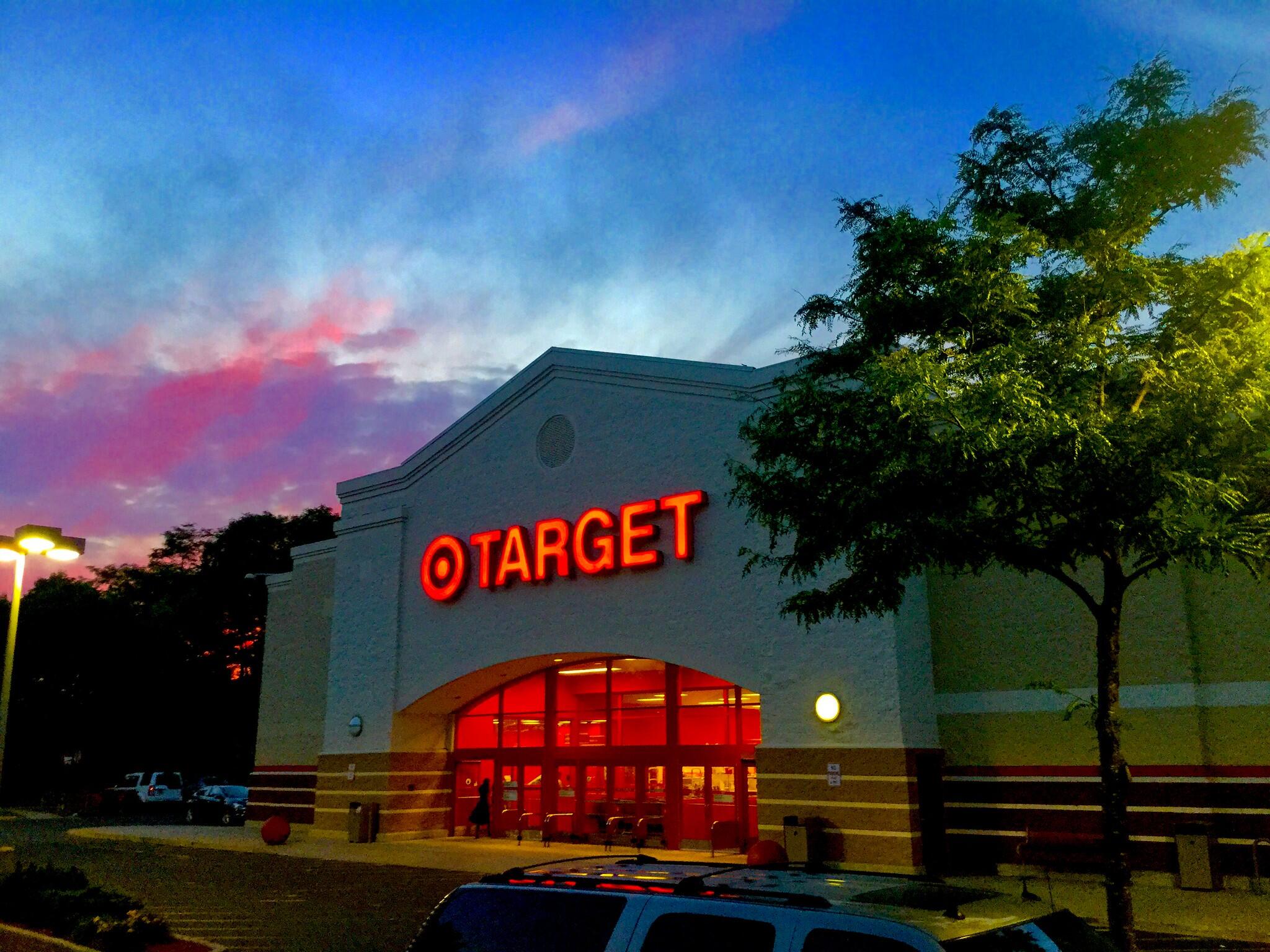
Wholesale and Value: BJ’s Under Pressure
BJ’s Wholesale Club saw its shares sink 8% after reporting disappointing comparable sales. Revenue rose 3.4% to $5.38 billion, but fell short of analyst expectations, while adjusted EPS of $1.14 slightly topped forecasts.
Comparable club sales slipped 0.3% due to falling fuel prices, missing expectations for 2.4% growth. Excluding fuel, comps rose 2.3%. Membership growth was a positive, with member count reaching 8 million and fee income climbing 9% to $123.3 million.
BJ’s narrowed its EPS outlook to $4.20–$4.35, slightly higher than before. CFO Laura Felice said, “We are pleased with the performance of business year to date and are confident in the outlook for the back half.”
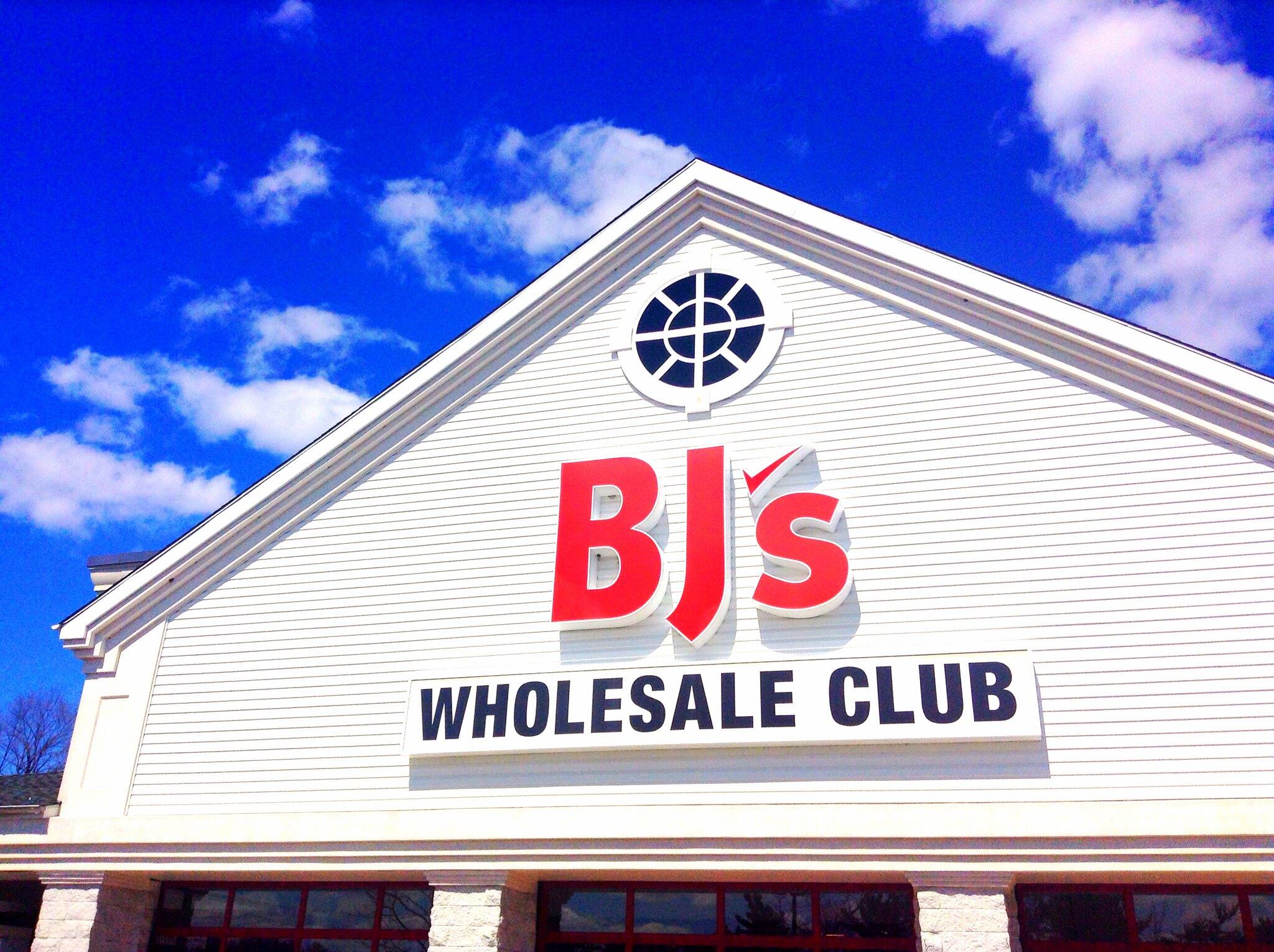
Tariffs and Consumer Outlook
Tariffs have dominated much of the conversation this earnings season. Retail executives have stressed mitigation strategies — diversifying supply chains, importing goods early, and selectively passing costs along.
Walmart’s Rainey summed it up: “This is managed on an item-by-item and category-by-category basis.”
Home Depot and Lowe’s have emphasised that most imports landed before tariffs hit, while companies like Sharkninja raised launch prices on new items to offset higher costs.
Still, analysts caution that tariffs remain a risk. Scot Ciccarelli of Truist noted that retailers are raising prices “but not nearly to the degree that might have been expected in early April” when steep duties were first announced.
For now, consumer resilience has kept sales steady. McMillon observed that tariff impacts on spending “has been somewhat muted”.
But with mortgage rates high, discretionary spending patterns uneven, and trade policy unsettled, the durability of consumer strength will be tested into the holiday season.
The Bottom Line
Walmart and Lowe’s managed to beat expectations and lift guidance, while Home Depot showed gradual improvement in core categories. Target, however, continues to lag, and BJ’s stumbled on comps.
The consumer remains the backbone of the U.S. economy - but with trade risks lingering and borrowing costs biting, retailers are bracing for a critical holiday season that could confirm whether resilience holds or begins to crack.

